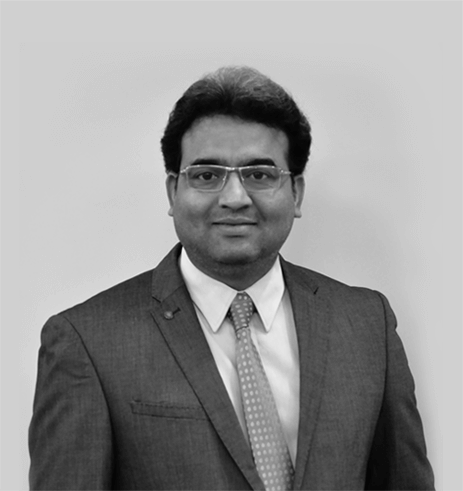Early tooth decay does not tend to show many physical signs. Sometimes the tooth looks healthy, but your dentist will be able to see from an x-ray (radiograph)whether you have any decay under the enamel, any possible infections in the roots, or any bone loss around the tooth.
X-rays can help the dentist to see in between your teeth or under the edge of your fillings. Finding and treating dental problems at an early stage can save both time and money.
In children, x-rays can be used to show where the second teeth are and when they will come through. This also applies to adults when the wisdom teeth start to come through.
If you are a new patient, unless you have had dental x-rays very recently, the dentist will probably suggest having x-rays. This helps them assess the condition of your mouth and to check for any hidden problems. After that, x-rays are usually recommended every 6 to 24 months depending on the person, their history of decay, age and the condition of their mouth.
X-rays are an essential part of your health records and must be kept with your personal dental file. As dental records work differently to normal health records, the law says your dentist must keep your dental records for at least two years from the date of your last course of treatment.
X-rays can show decay that may not normally be seen directly in the mouth, for example: under a filling, or between teeth. They can show whether you have an infection in the root of your tooth and how severe the infection is.
In children an x-ray can show any teeth that haven’t come through yet, and let the dentist see whether there is enough space for the teeth to come through. In adults, it can show any impacted wisdom teeth that may need to be removed, before they cause any problems.
The amount of radiation received from a dental x-ray is extremely small. We get more radiation from natural sources, including minerals in the soil, and from our general environment.
With modern techniques and equipment, risks are kept to a minimum. However, your dentist will always take care to use x-rays only when they need to.
You should always tell your dentist if you are pregnant. They will take extra care and will probably not use x-rays unless they really have to, particularly during the first three months.
There are various types of x-ray. Some show one or two teeth and their roots while others can take pictures of several teeth at once. The most common x-rays are small ones, which are taken regularly to keep a check on the condition of the teeth and gums. These show a few teeth at a time, but include the roots and surrounding areas. There are large x-rays that show the whole mouth, including all the teeth and the bone structure that supports the teeth. These are called panoramic X-rays. There are also medium-sized X-rays, which show either one jaw at a time, or else one side of the face. There are also electronic imaging systems in use today. These use electronic probes instead of X-ray films and the picture is transmitted directly onto a screen.
The dental team might take hundreds of x-rays every week. Staff limit the amount of radiation they receive by moving away from the x-ray beam. However, the risk to patients from one or two routine x-rays is tiny.
Staff check how much radiation they are exposed to by wearing a small badge during working hours. This is sent off to be analysed at regular intervals.
Cone-beam computed tomography systems (CBCT) are a variation of traditional computed tomography (CT) systems. The CBCT systems used by dental professionals rotate around the patient, capturing data using a cone-shaped X-ray beam Cone-beam computed tomography system. These are also called as 3D - CBCT scans
Dental cone beam computed tomography (CT) is a special type of x-ray equipment used when regular dental or facial x-rays are not sufficient. The dentist may use this technology to produce three dimensional (3-D) images of your teeth, soft tissues, nerve pathways and bone in a single scan, when the conventional two- dimensional image is insufficient to give conclusive information.
Benefits:
Risks:
The cost / price of Cone beam computed tomography in Kolkata is determined based on the clinical situation and merits of the case. Most treatments in dentistry are customized to a persons existing dental situation , medical condition and understanding of future oral-dental needs.
There are a number of different scans, but a typical one lasts just under 15 seconds. You will have to remove any facial jewellery, hearing aids, and neck chains, and wait for a dentist to review that the scan has all the information we need, so if you are from an outside clinic, you will be in our clinic about twenty minutes. Aesthetica dental clinic Kolkata is one of very few clinics in the city to have its own in-house cone beat CT (CBCT) under one roof.

Dr. Kamlesh Kothari is one of India's topmost Oral, Maxillofacial surgeon and Dental Implantologist...
LEARN MORE